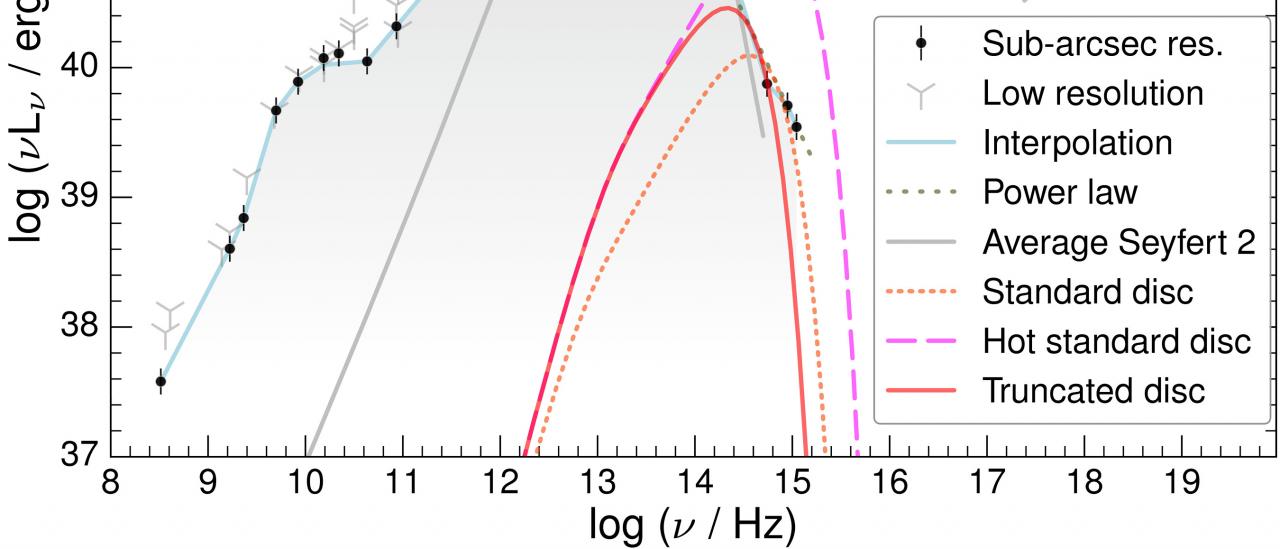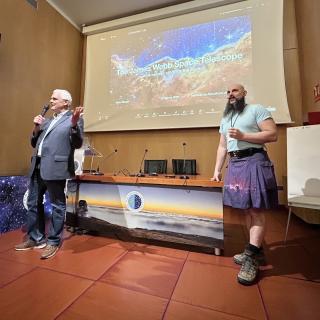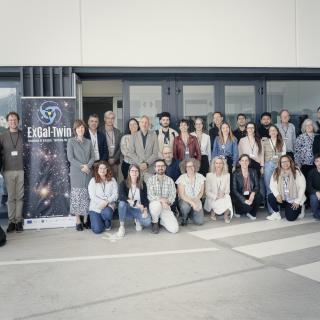Low-luminosity active galactic nuclei (LLAGNs) are found in about 1/3 of all the galaxies in the Local Universe, establishing the most numerous class of AGNs. At low accretion rates, LLAGNs are expected to develop major changes in the structure of the accretion disc when compared to their bright counterparts, Seyfert galaxies and Quasars. Here we present high-angular resolution data (~13 pc) for the LLAGN in the nucleus of NGC 1052, covering 10 orders of magnitude in frequency from radio to X-rays. The flux distribution of the nucleus is well described by a broken power law plus an inverse Compton component, indicative of a dominant synchrotron emission from a jet. This is in contrast with the dust thermal continuum that dominates the infrared range in Seyfert 2 galaxies. A further analysis of the power balance in NGC 1052 revealed that a standard accretion disc, similar to that observed in Quasars and type 1 Seyferts, cannot provide enough power to support the continuum luminosity of this source. To reconcile the inferred accretion power with the observed luminosity, we introduced a truncated accretion disc model. When applied to sub-arcsec resolution data, this results in a lower limit to the truncated accretion disc radius of rtr > 26 Rg (where Rg corresponds to a gravitational radius), which is consistent with the inner radius derived from previous observations of the iron Kα line in the X-ray spectrum of this nucleus. This is the first estimate for a lower limit on the truncation radius of the accretion disc based on high angular resolution data only.
Spectral energy distribution for the nucleus of NGC 1052. Different symbols represent the sub-arcsec and low-angular resolution measurements, interpolation, power-law, hot standard disc, and a Seyfert 2 template.
Advertised on
Authors
J. A. Fernández-Ontiveros
Almudena
Prieto Escudero
K. Dolag
References



